Overview of B-15
What is Guideline B-15?
Guideline B-15 is a regulatory framework introduced by the Office of the Superintendent of Financial Institutions (OSFI) in Canada. It's designed to enhance the resilience and sustainability of Federally Regulated Financial Institutions (FRFIs) by embedding climate risk management into their strategic and operational frameworks. The guideline focuses on understanding and mitigating the adverse effects of climate change, including physical and transition risks related to moving towards a low greenhouse gas (GHG) emissions economy.
Why is B-15 important for Canada's Federally Regulated Financial Institutions (FRFIs)?
B-15 is crucial for FRFIs because it addresses their increasing vulnerability to climate-related risks. These risks threaten operational continuity and profitability and the stability of the broader economy. By incorporating climate risk management principles, B-15 aims to protect FRFIs against the financial implications of climate change, thereby ensuring their long-term resilience and sustainability.
What are the primary goals of OSFI’s Guideline B-15 for Climate Risk Management?
The primary goals of B-15 are:
- Equip FRFIs to comprehensively understand the impacts of climate-related risks on their business models and strategies.
- Mandate the installation of governance and risk management frameworks that are robust and tailored to address specific climate risks.
- Ensure that FRFIs are financially and operationally resilient to severe climate risk scenarios.
- These goals aim to integrate climate risk considerations into the core strategic and operational processes of FRFIs.
How are physical and transition risks defined under Guideline B-15?
Physical Risks
The financial risks stem from the increasing severity and frequency of climate-related extreme weather events and longer-term shifts in climate patterns.
Transition Risks
The financial risks associated with the economic adjustments needed to transition towards a low-GHG emissions economy.
Who must comply with Guideline B-15, and what institutions does it cover?
- Insurers
- Domestic Systemically Important Banks (D-SIBs)
- Small and Medium-Sized Deposit-Taking Institutions (SMSBs)
What does B-15 entail and how should you prepare?
Read our previous article for an in-depth analysis of how should FRFIs prepare for Canada's OSFI Guideline B-15.
Strategy
B-15 enables FRFIs to embed climate-related risks and opportunities in the organization’s core strategy.
What can I do to prepare?
- Develop and implement a Climate Transition Plan
- Take part in the Standardized Climate Scenario Exercise
- Participate in industry forums such as the Climate Risk Forum to share best practices and learn from peers
Governance
FRFIs must enhance or improve their governance frameworks to effectively oversee financial risks associated with extreme climate events.
What can you do to prepare?
- Build capacity and knowledge at the board level in climate risk and mitigation.
- Establish an internal team focused on the development of the climate risk strategy & the Climate Transition Plan
Risk Management
FRFIs risk management practices need to identify, assess and manage the financial risks and uncertainties associated with climate change.
What can you do to prepare?
- Incorporate physical & transition risks into existing risk management practices
- Align climate-related risks with current Risk Appetite Frameworks
- Follow TCFD recommendations
- Regularly consult with OSFI to clarify expectations and contribute to the evolving dialogue around effective climate risk management
Metrics and Targets
Metrics and targets FRFIs must disclose are: Risk Assessment Metrics, Scope 1 & 2 Emissions, Scope 3 Emissions, Strategic Goals, Cross-Industry Metrics & Industry-Specific Metrics.
What can you do to prepare?
- Start measuring your Scope 1, 2 and 3 emissions, including your financed emissions
- Follow the GHG Protocol Corporate Standard and Partnership for Carbon Accounting Financials framework
- Prepare the list of cross-industry metrics such as transition risks, physical risks, opportunities and capital deployment
- Get in touch with Arbor to learn about carbon calculation options
Is your Institution Data-Ready?
What data do companies need to calculate emissions for Guideline B-15?
Companies should focus on collecting:
- Scope 1 Emissions Data: Direct emissions from owned or controlled sources.
- Scope 2 Emissions Data: Indirect emissions from the generation of purchased energy.
- Scope 3 Emissions Data: All other indirect emissions that occur in the company’s value chain.
- Activity Data: Information related to the operational activities generating emissions, such as fuel consumption and business travel.
What analytics & metrics are useful for tracking carbon emissions?
Useful analytics for tracking carbon emissions include:
- Trend Analysis: Examining how emissions have changed over time.
- Benchmarking: Comparing emissions against industry standards or past performance.
- Hotspot Identification: Pinpointing areas of high emissions within operations or the supply chain.
- Scenario Modeling: Projecting future emissions under different business scenarios.
How do you check your company’s data readiness?
Assessing data readiness involves:
- Data Audit: Reviewing the current state of data collection and management practices.
- Gap Analysis: Identifying gaps between what data is available versus what is needed for compliance and management.
- Technology and Tools Assessment: Evaluating current tools for data collection, analysis, and reporting. Tools like Arbor can help measure emissions in 95% less time than manual calculations.
- Staff Capability Review: Ensuring employees have the necessary skills and resources.
What climate-related data points should you collect for an emissions analysis?
For an effective emissions analysis, collect:
- Direct and Indirect Emissions Data: Covering Scope 1 and 2 as per the GHG Protocol.
- Operational Activity Data: Such as energy consumption, business travel, and waste management.
- Value Chain Emissions: Including upstream (supply chain) and downstream (product use) emissions for Scope 3.
- External Factors: Considering climate and weather data for physical risk assessment.
What are common challenges in collecting climate-related data (e.g., Scope 1, 2, and 3 emissions data)?
Challenges in collecting climate data include:
- Data Accessibility: Difficulty in gathering comprehensive data across the value chain.
- Complexity and Variability: Scope 3 emissions data is often seen as complex due to the diverse nature of indirect business activities.
- Lack of Standardization: Varying methodologies for calculating and reporting emissions.
Arbor streamlines this process by:
- Automating Data Collection: Through integrations with operational and financial systems to streamline data gathering.
- Simplifying Complexity: Offering tools to demystify Scope 3 calculations with clear guidance and benchmarks.
- Ensuring Consistency: Aligning with recognized standards like the GHG Protocol and PCAF to ensure data reliability.
How can FRFIs assess whether they are data-ready for comprehensive climate risk management?
FRFIs can assess their readiness by:
- Reviewing Current Data Management Practices: To ensure a robust system for collecting and handling emissions data is in place.
- Conducting a Scenario Analysis Exercise: Using future-looking scenarios to test the resilience of their current data against potential climate risks.
- Evaluating Reporting Capabilities: Ensuring they can meet the reporting demands of Guideline B-15, including the capability to disclose in alignment with PCAF and other relevant standards.
Chat with Arbor's carbon experts to navigate and measure emissions for Guideline B-15.
Measure your carbon emissions with Arbor
Simple, easy carbon accounting.





.webp)
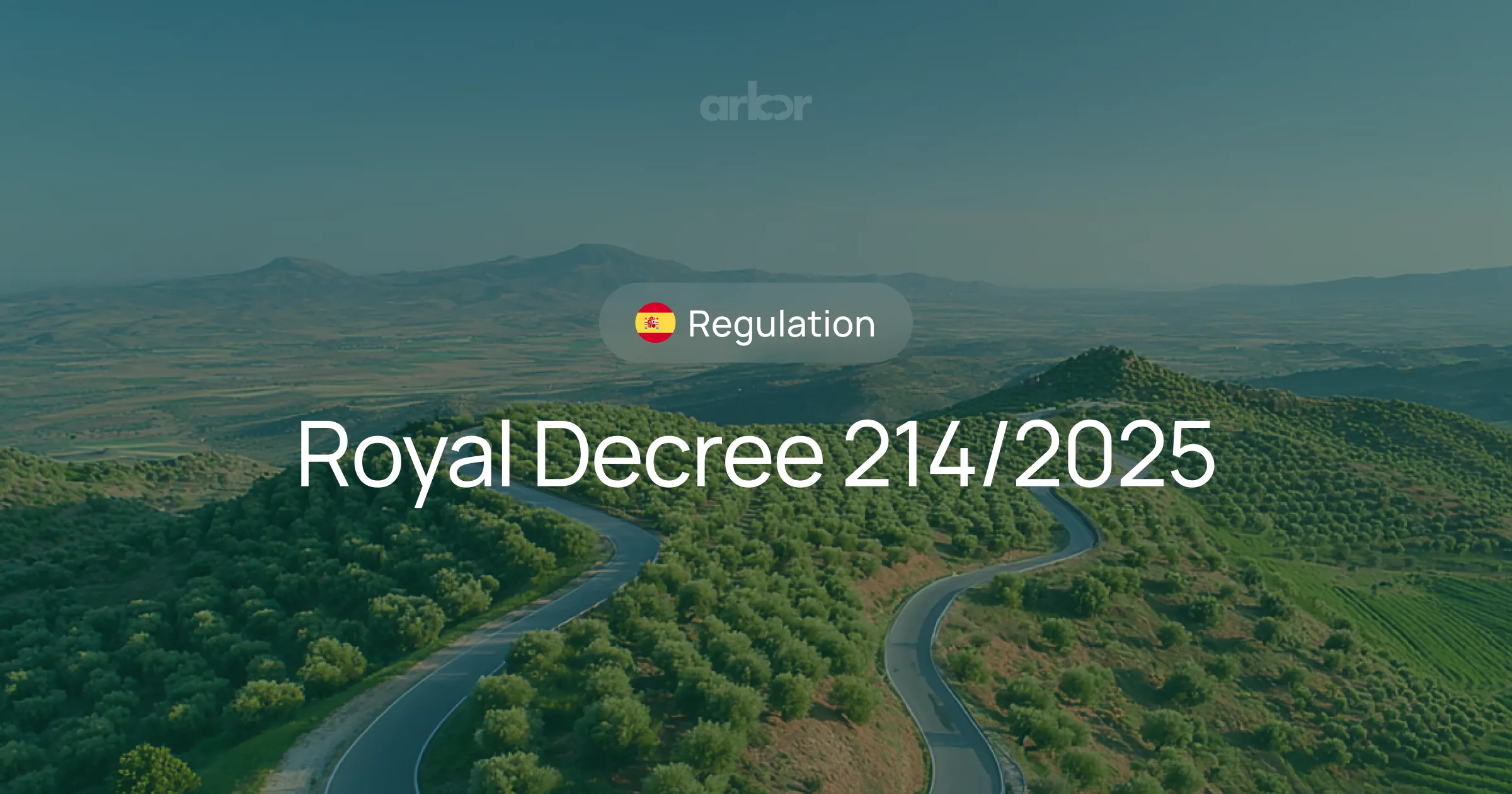
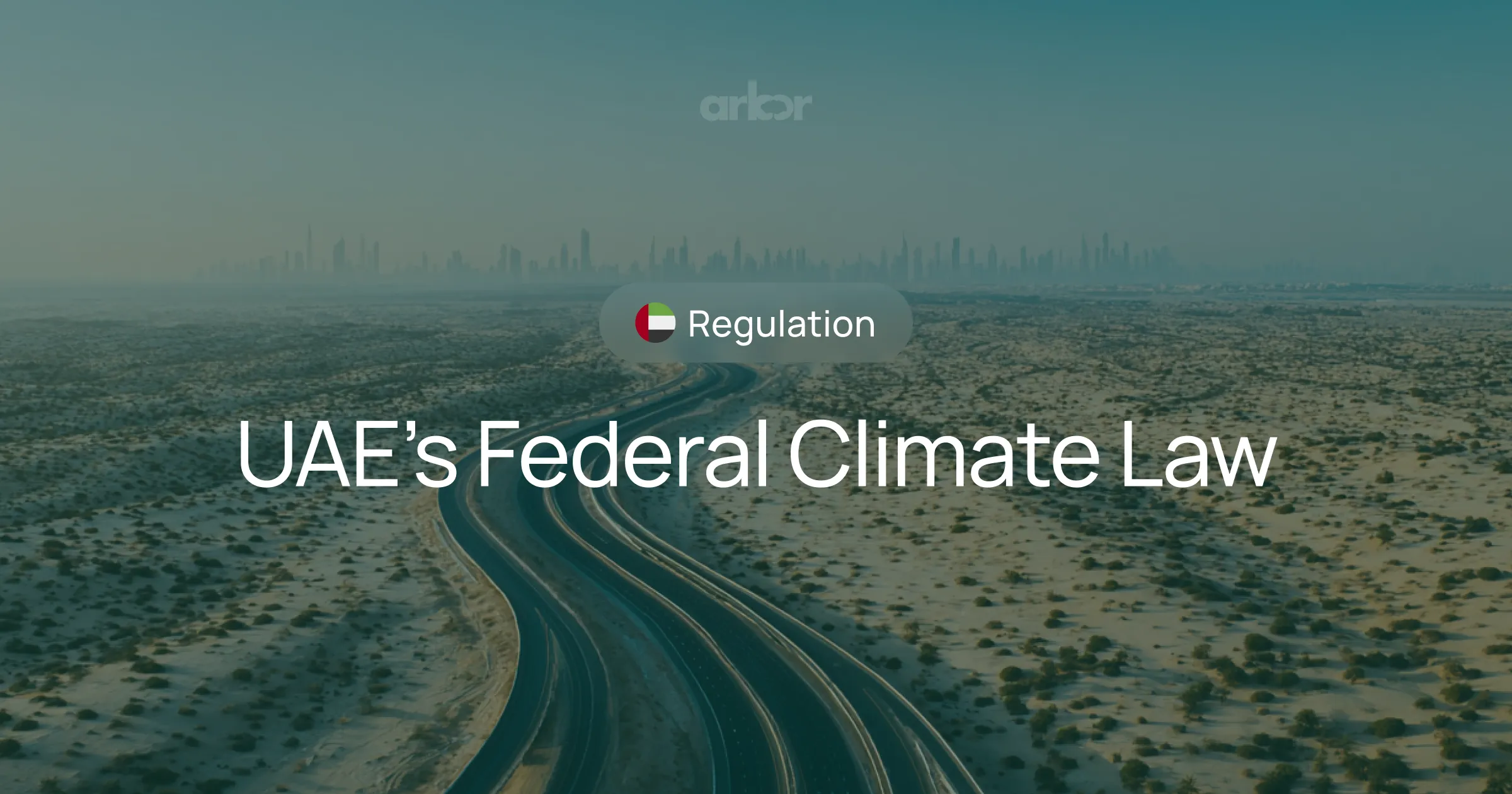









%20Arbor.avif)





%20Arbor.avif)


.avif)
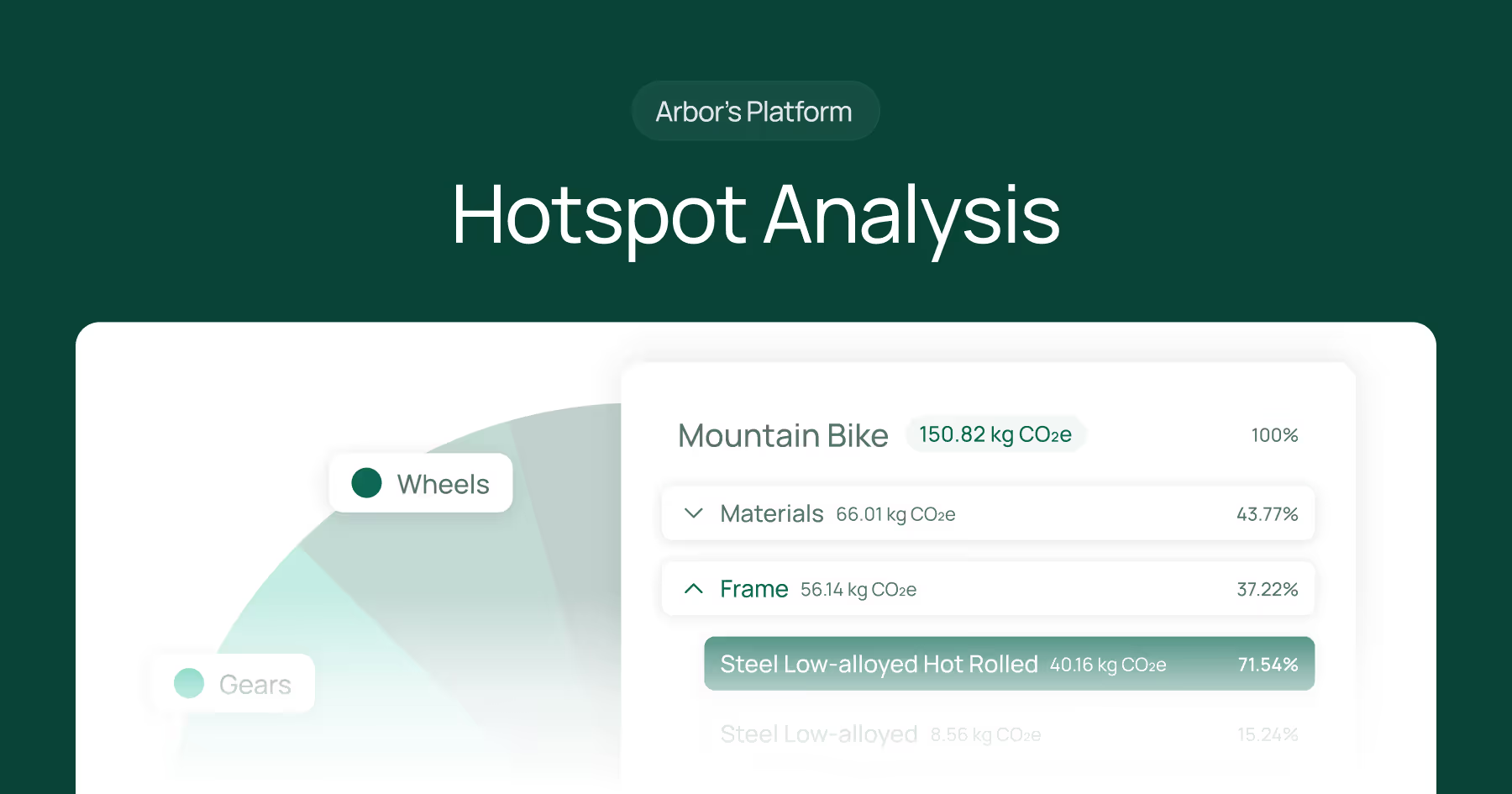


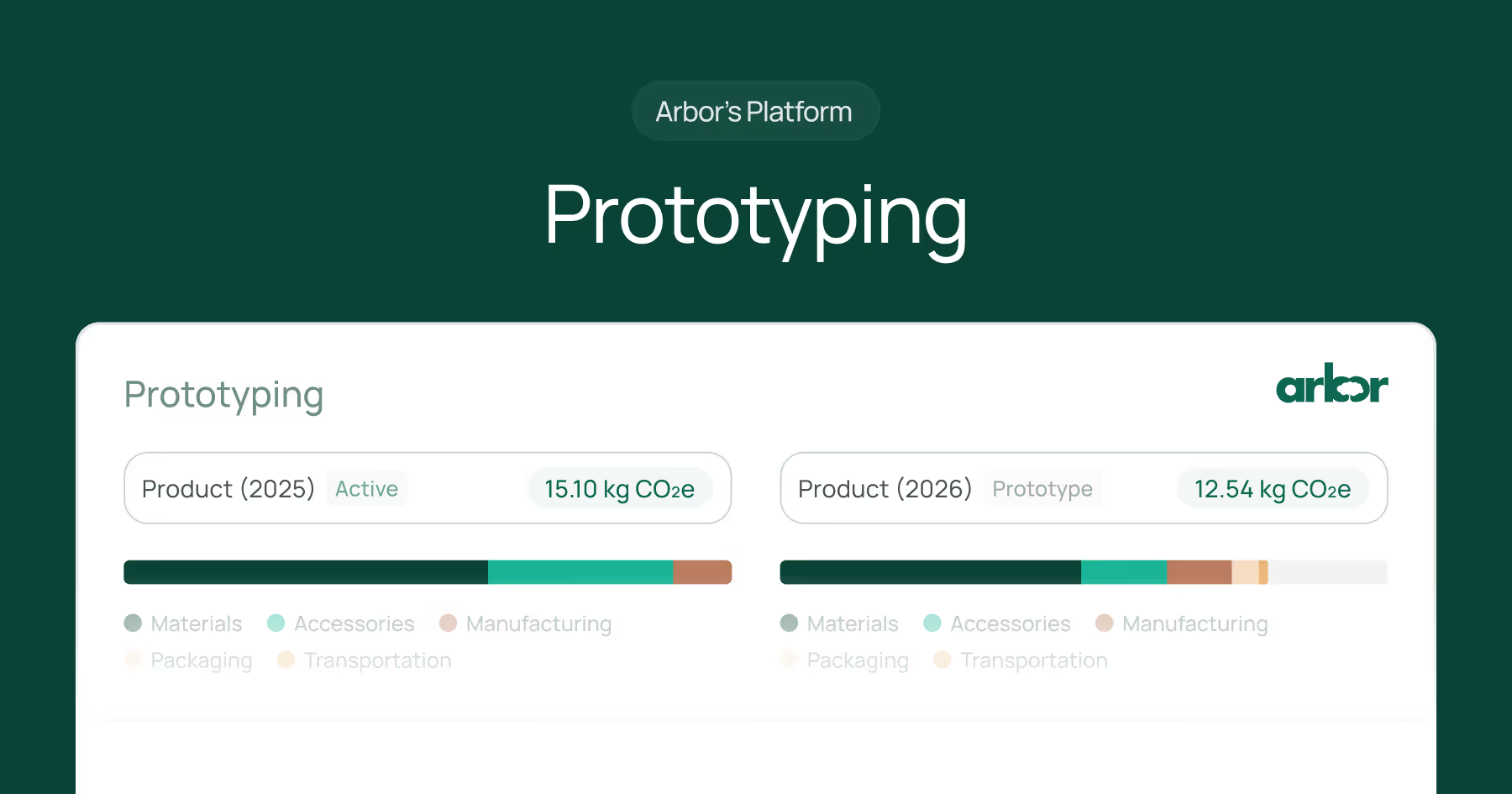


%20Arbor%20Canada.avif)

.avif)
%20Arbor.avif)
.avif)






_.avif)
.avif)
%20Arbor.avif)




%20Software%20and%20Tools.avif)





.avif)
.avif)
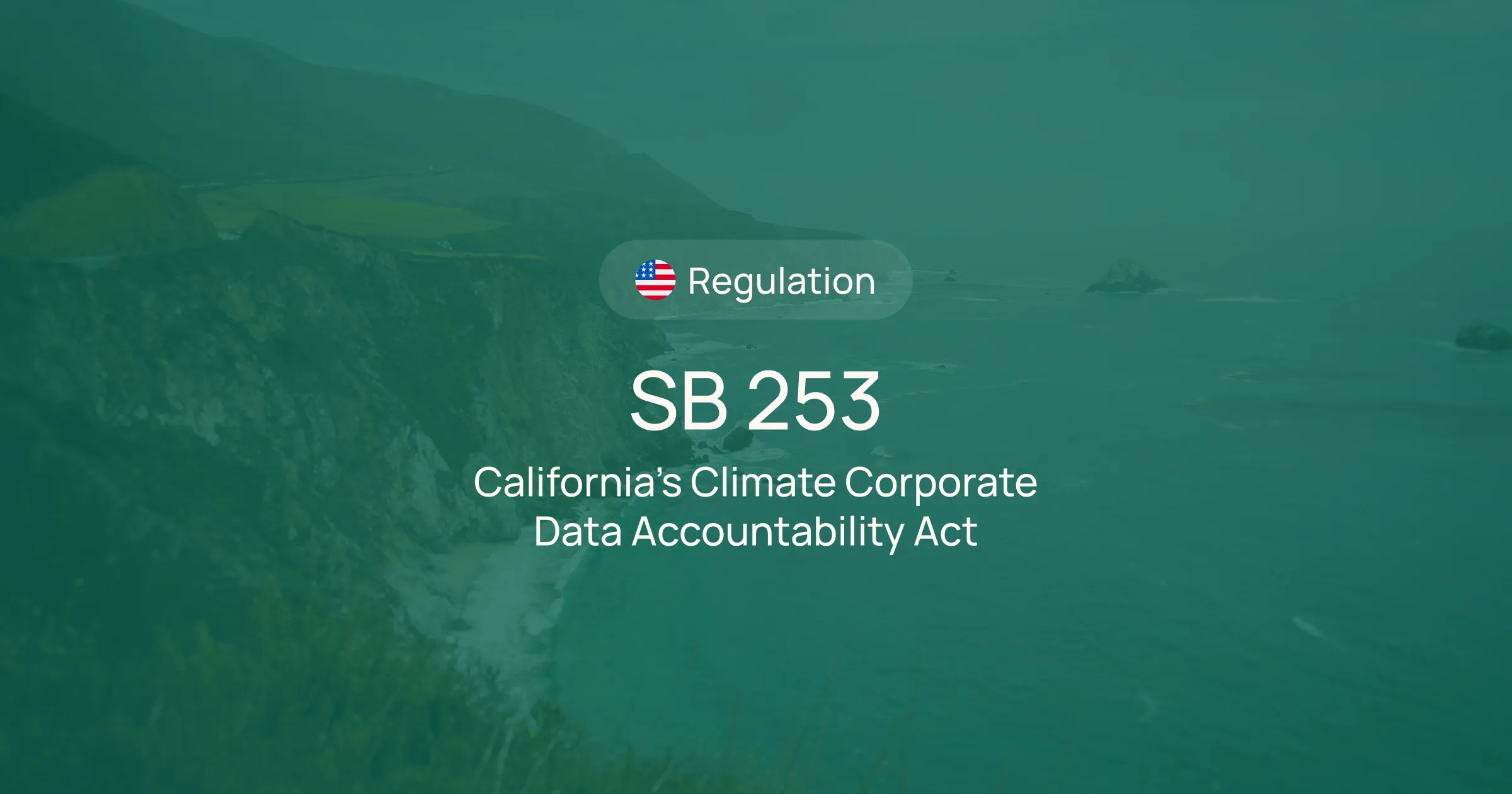



%20EU%20Regulation.avif)











.avif)


%20Arbor.avif)









_%20_%20Carbon%20101.avif)







.avif)

.avif)
.avif)



.avif)








